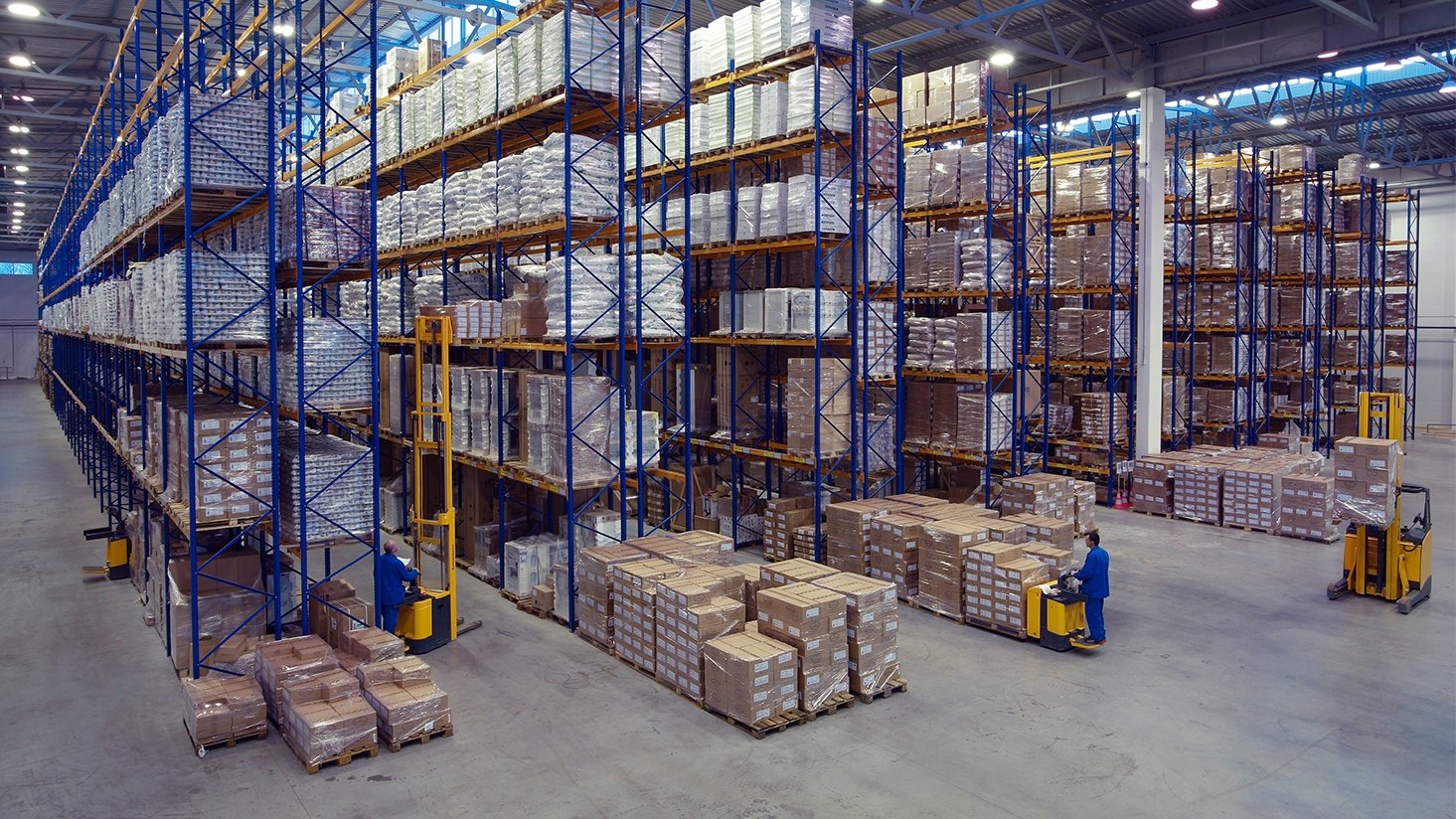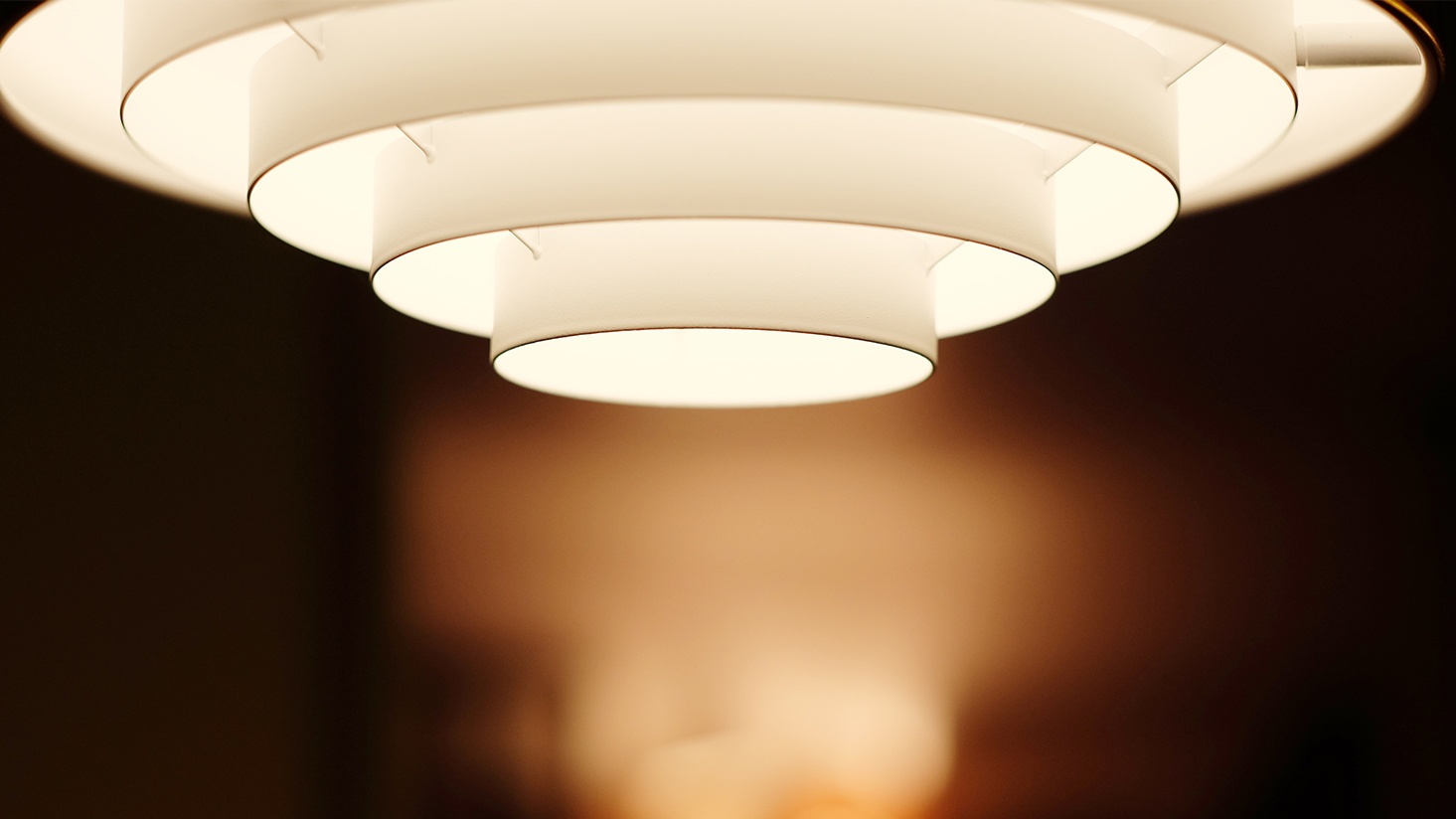Should I use a single manufacturer or multiple manufacturers on a lighting package for a large project?

Our team handles thousands of lighting projects every year, and a common question we get is whether a customer should go all-in with a single manufacturer or diversify their lighting across multiple manufacturers.
There isn’t necessarily a right or wrong answer, but there is normally a best answer to this question. The best solution ultimately depends on each individual customer’s priorities.
We’ve had some customers who benefit greatly from going all-in with a single manufacturer and others who have truly optimized lighting for their needs by selecting lighting from a range of manufacturers. And in some cases, customers aren’t able to source everything from a single manufacturer but consolidating to the fewest manufacturers possible has its benefits.
Let’s dig a little deeper into the pros and cons of each option.
The case for buying all lighting from a single manufacturer
In general, consolidating lighting purchases to the fewest number of manufacturers will give more buying power and a simpler set up for dealing with any warranty claims. The trade-off here is that most commercial lighting projects have a variety of fixtures and types of lighting, and it’s rare for a single manufacturer to offer the absolute best fixture in every category.
Pros of using a single lighting manufacturer
- Pricing: In most cases, you’ll have better price negotiation options as volume increases — both in quantity and types of products.
- Simplicity: One manufacturer means simpler procurement considerations.
- Warranty: We hope that warranty claims are kept to a minimum, but should a problem arise, having a single manufacturer to work with reduces headaches.
- Support: In general, we’ve seen customers get the best manufacturer support when their lighting specification is more consolidated with a single brand.
Cons of using a single lighting manufacturer
- Performance: Lighting manufacturers tend to either produce good, high quality products for a wide range of applications or the best product for a niche application. Consolidating may result in making a few minor performance concessions, but overall you should be able to build a high-quality lighting package.
- Pricing: Using a single lighting manufacturer may not mean that each individual product is the lowest priced item on the market, but the overall lighting package generally comes out ahead.
When to use a single lighting manufacturer
The bottom line here is what is most important to you? If simplicity and support are, then this is your best direction. But, if you are considering more performance and aesthetics, then this might not produce your desired outcome. If you’re looking for the simplest specification and maximum manufacturer support, consolidating to a single manufacturer (or as few as possible) is a good plan. You may also benefit with better pricing on volume, and if you’re using a manufacturer with the capability of supplying a wide range of lighting applications, you’re probably going to have an established, stable partner.
The case for buying an “optimized” lighting package from multiple manufacturers
When we start digging into maximizing energy savings and specific light distribution needs or a wide range of architectural lighting needs, our customers generally benefit from picking optimal products from a range of manufacturers based on the need of each lighting application. Let’s look at a few pros and cons.
Pros of using multiple lighting manufacturers
- Performance: Most lighting manufacturers focus on a specific performance area in which they will excel. For some it’s color quality, and for others it’s energy efficiency. By sourcing products from different companies, you can optimize your purchase for each application. For example, you may want ultra-high color quality in track lighting but ultimate energy efficiency in back of house or parking lighting.
- Sustainability: If you’re looking for maximizing sustainability through energy savings, you may get the optimal savings through a combination of manufacturers. Most of the time, companies going for a high-level LEED certification tend to fit in this category.
- Payback: While both of these approaches will result in a good payback, finding the best savings, performance, and payback for each application usually requires more than one brand on a lighting package.
Cons of using multiple lighting manufacturers
- Details: When you’re trying to find the best lighting solution for a variety of applications, it’s not uncommon to evaluate four to eight options each. This can be a lot of data and detail to sift through. Fortunately, our teams have been through this exercise many times, so we work hard to simplify the decision-making process as much as possible based on what’s most important to you.
- Time: This approach normally means a longer decision-making process. There’s more data to consider, more specifications to gather, and more conversations to have. But if you have the time, the payoff can be significant.
When to use multiple lighting manufacturers
The bottom line here is going for an optimal lighting package. Our customers who opt for this approach are interested in maximizing savings, specific performance areas, or solving a very specific lighting challenge. If that sounds like you, our team works hard to handle the data and details so you can focus on the priority decisions.
How to determine the optimal lighting package
Taking a complicated process and making it simple: An optimized lighting package doesn’t have to mean a more complicated lighting package. Here’s a process we typically follow with customers ready to navigate a lighting decision.
1. Discovery of Priorities
When we work with customers, we like to start with a few specific questions. This helps us calibrate expectations from the start.
2. Specification Review
Once we’ve gathered an idea for the most important goals and challenges, we generally review current lighting specifications. As we review, we’ll look for root causes to any challenges or opportunities to better meet goals.
3. Findings Review
Before we get working on a full proposal, we’ll generally review key findings or follow-up questions. This is another critical point in aligning expectations and making sure we’re putting our effort in the right places.
4. Proposal
Now for the part where we get to geek out on lighting. During this phase, we’ll review the available products, pricing, lead times, and specifications. The goal here is to do the difficult, nitty-gritty lighting analysis so that our customers’ decisions are as clear and easy as possible.
So, if the prospect of a lighting package raises your blood pressure or makes you frustrated, we can help. Follow the guidelines above, but if you need a guide to help you achieve your financial goals, hit project deadlines, and let your properties shine, we can help.











